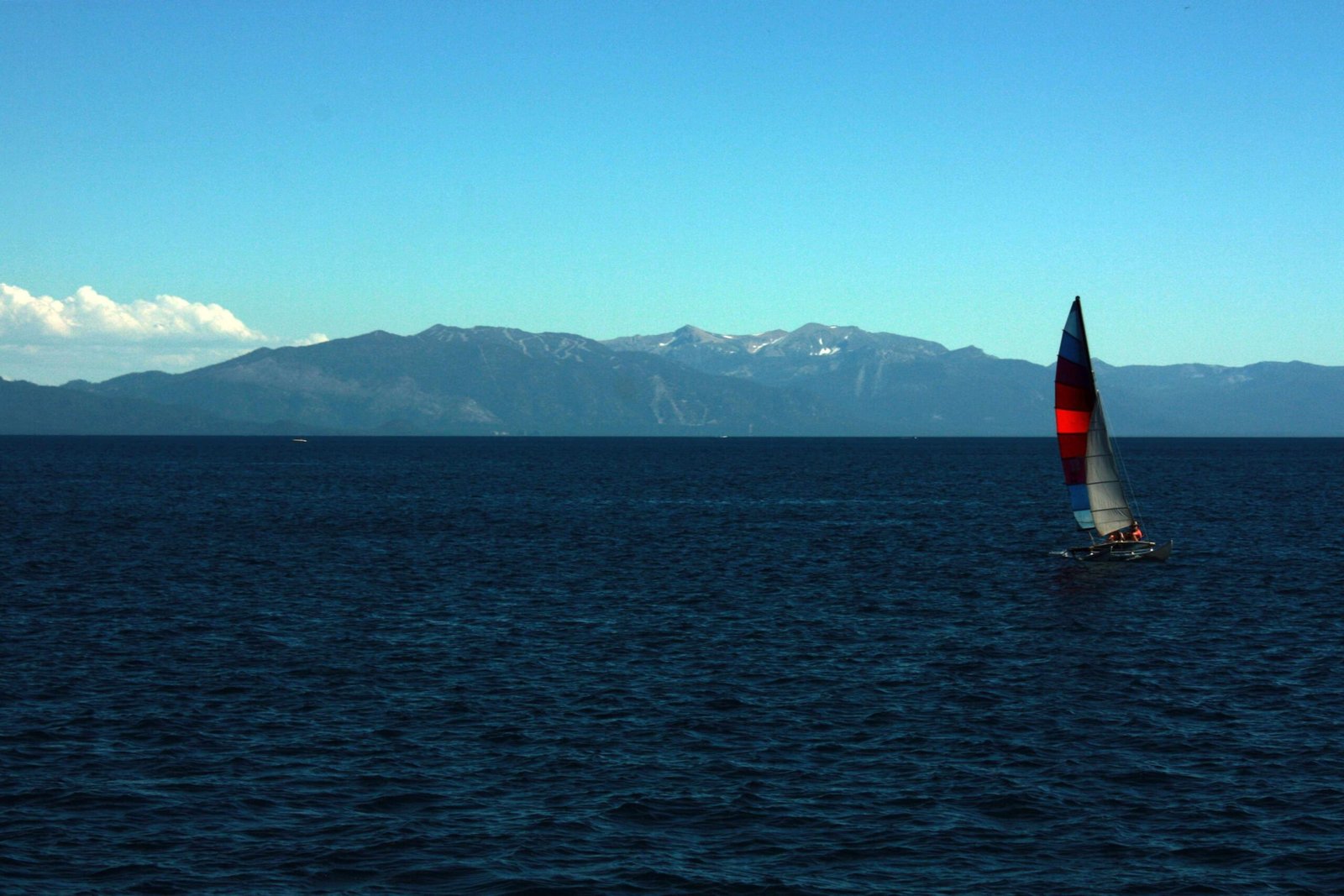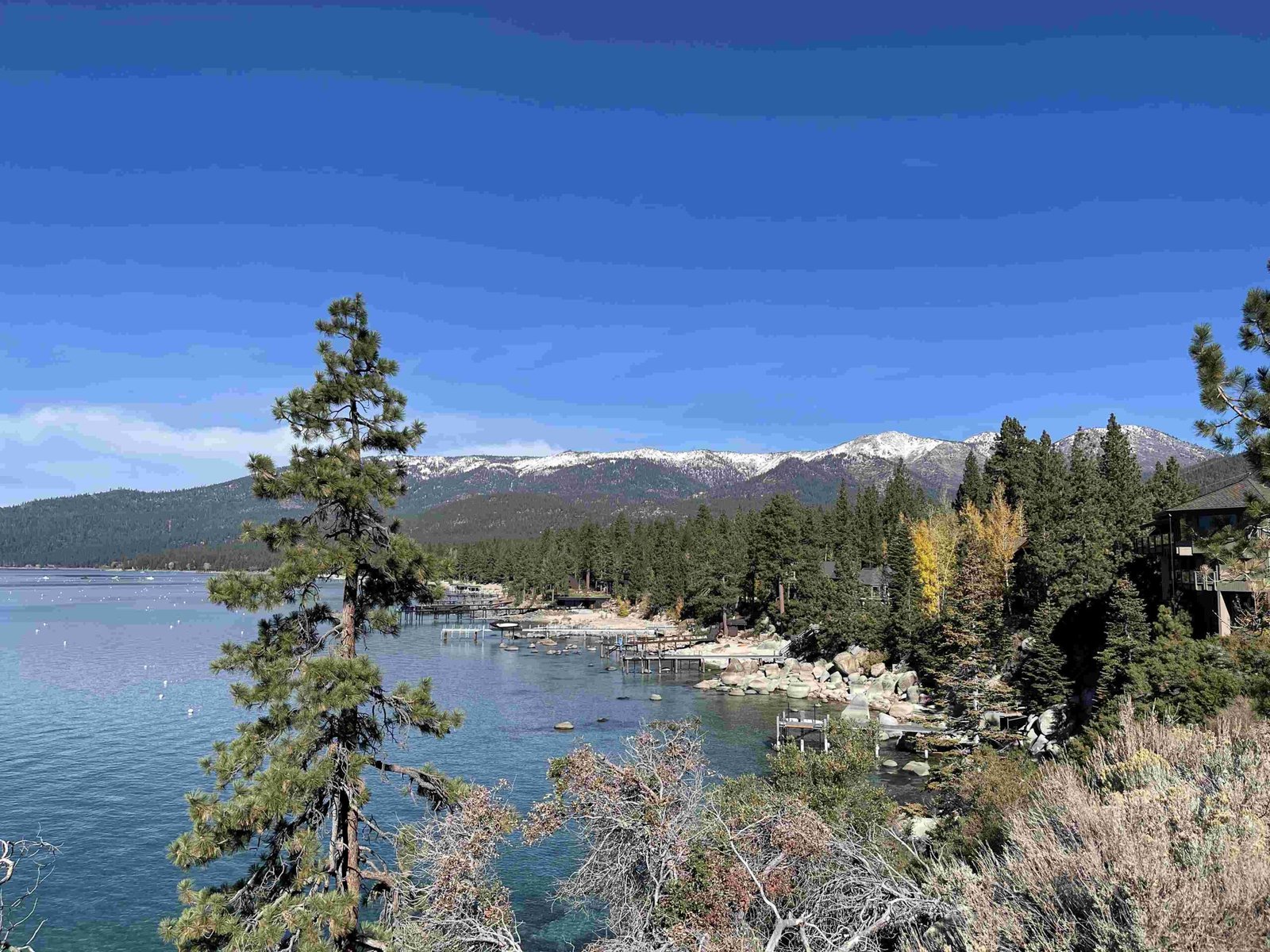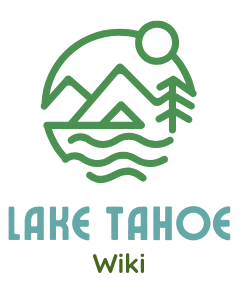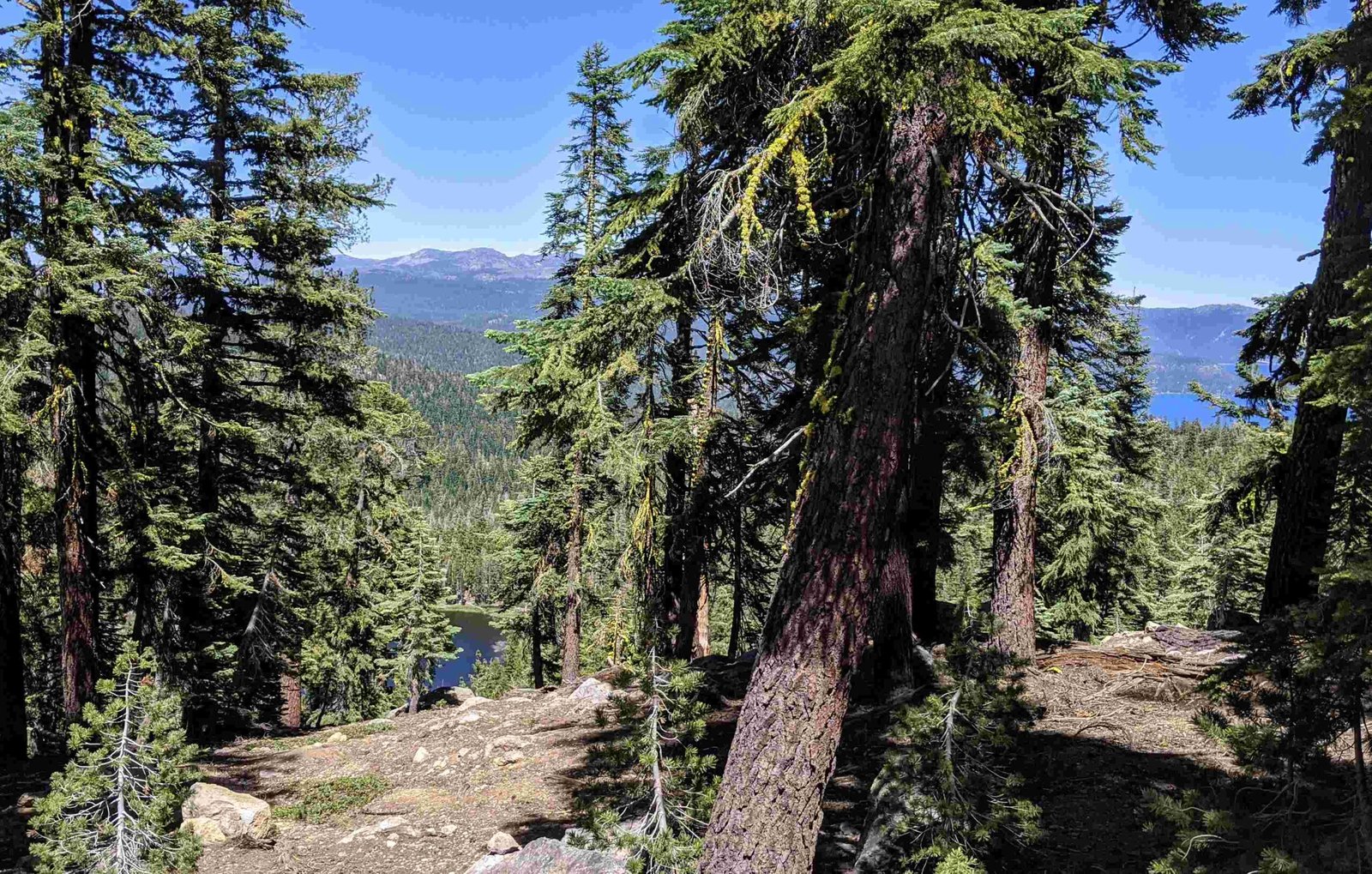The Lake Tahoe Backpacking Loop offers adventurers a breathtaking 161.2-mile circular trail traversing California and Nevada’s stunning alpine landscapes. This epic journey winds through diverse terrains, from granite peaks to lush meadows, challenging hikers with significant elevation changes and rewarding them with panoramic views of Lake Tahoe’s pristine wilderness. Hikers will navigate through multiple wilderness areas, encounter varied ecosystems, and experience the raw beauty of the Sierra Nevada mountain range.
What Makes the Lake Tahoe Backpacking Loop Unique?

The Tahoe Rim Trail (TRT) represents an extraordinary backcountry experience that combines geological diversity, challenging terrain, and unparalleled scenic beauty. Spanning approximately 161.2 miles, this loop encircles Lake Tahoe, offering hikers an immersive journey through California and Nevada’s most spectacular mountain landscapes.
How Difficult is the Lake Tahoe Backpacking Loop?
The trail presents moderate to challenging difficulty levels with:
- Total Elevation Gain: Approximately 24,000 feet
- Elevation Range: 6,200 to 10,300 feet above sea level
- Average Hiking Time: 73-80 hours (depending on individual pace)
- Recommended Daily Mileage: 10-20 miles per day
| Difficulty Factor | Rating | Description |
|---|---|---|
| Terrain Complexity | High | Steep inclines, rocky paths |
| Water Availability | Moderate | Sparse sources on eastern sections |
| Navigation | Moderate | Well-marked trail with consistent signage |
| Physical Demand | High | Significant elevation changes |
What Are the Key Trail Segments?
Kingsbury South to Echo Lake
- Distance: 20-25 miles
- Highlights:
- Marlette Lake views
- Granite terrain
- Alpine meadows
Echo Lake to Barker Pass
- Distance: 20-25 miles
- Highlights:
- Desolation Wilderness
- High-altitude mountain passes
- Crystal clear alpine lakes
Barker Pass to Tahoe Meadows
- Distance: 20-25 miles
- Highlights:
- Mount Rose Wilderness
- Panoramic lake views
- Diverse wildlife habitats
What Preparation is Essential?
Successful Lake Tahoe backpacking loop completion requires:
- Comprehensive Gear
- Lightweight, waterproof backpacking equipment
- Bear-resistant food storage
- High-altitude hiking clothing
-
Emergency communication device
-
Physical Conditioning
- Cardiovascular endurance training
- Strength exercises focusing on legs and core
-
Practice hikes with loaded backpack
-
Permit and Regulation Compliance
- Obtain wilderness permits
- Check seasonal restrictions
- Understand Leave No Trace principles
When Should You Plan Your Hike?
The optimal hiking window is typically:
– Best Months: July through September
– Snow-Free Periods: Late summer
– Avoid: Early summer (potential snow coverage)
– Peak Season: August (most favorable conditions)
What Wildlife and Ecological Zones Will You Encounter?
The Lake Tahoe Backpacking Loop traverses multiple ecological zones:
- Alpine Zones: 8,000-10,300 feet
- Subalpine Forests: Lodgepole pine, mountain hemlock
- Wildlife:
- Black bears
- Mule deer
- Mountain lions
- Various bird species
How to Manage Water and Camping?
- Water Sources: Carry water filtration system
- Camping:
- Designated campsites
- Permit requirements
- Minimum impact camping practices
Final Recommendations

Successful Lake Tahoe backpacking loop completion demands thorough preparation, physical fitness, and respect for the wilderness. Plan meticulously, train adequately, and embrace the transformative mountain experience.

